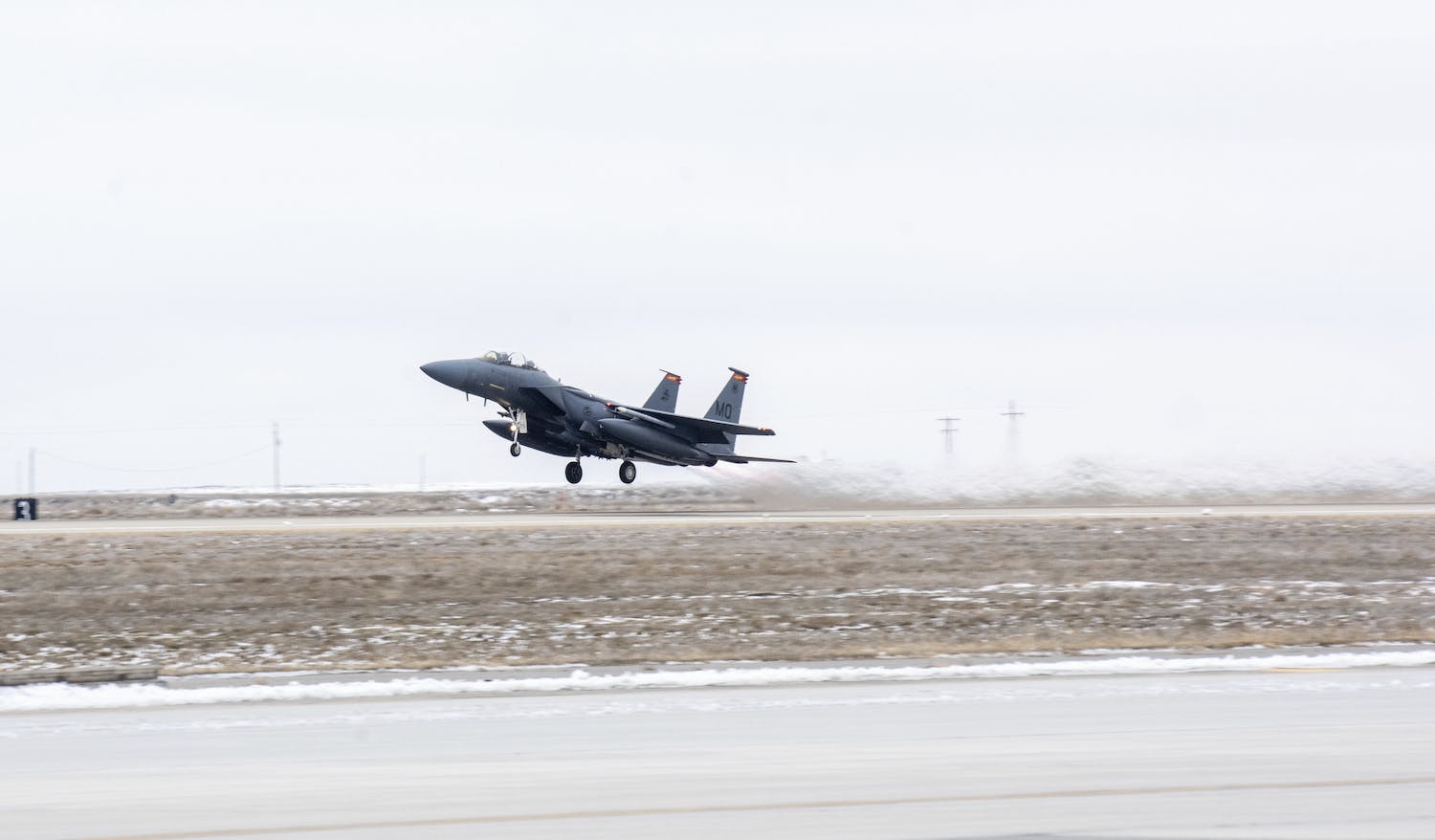Air Force Lab Tackles Tactical Edge Connectivity, Zero Trust
Air Force Research Lab Chief Scientist Mark Linderman is exploring how tech like AI and cloud can augment human decision-making in theater.

Defense Department efforts to bring more connectivity to the battlefield, a primary tenet of CJADC2, are leading to innovative development around technology and cybersecurity to augment associated challenges, Air Force Research Laboratory Chief Scientist Mark Linderman told attendees at last week’s Potomac Officers’ Club event. One of those challenges, he said, includes connectivity amid zero trust integration.
Linderman sees great promise in the work the lab is doing to address computing portability, deflecting cyberthreats and incorporating AI architectures.
“The big thing that’s changing is the amount of processing that we can bring to the edge,” said Linderman at the event. “In our everyday lives, we have the unimaginable capacity of cloud computing at our fingertips. Seeming endless amounts of unlimited bandwidth so we can do things like stream Netflix wherever we are. But in the tactical battlespace, that’s not the case. The compute that we have access to might be the compute that we brought with us.”
Linderman outlined the challenge of translating these expectations to the tactical edge.
“On a bad day, when we don’t have connectivity or reach back to the cloud, we still [should] have what we need in order to accomplish our mission. It’s our job … as the laboratories of the Department of Defense, to develop technologies that work within our environment,” he added.
With this in mind, the lab uses Agile Condor, which is high-performance embedded computing that brings these architectures to the tactical edge within things like Humvees and aircraft.
This is where AI can have many advantages, he said.
“We’re moving beyond the traditional classification of apply AI to things like decision support, command and control. [It can] work out 1,000 different courses of action and help the human operator navigate those to figure out what’s the best combination of weapon target pairing,” Linderman said. “In the old days, sometimes you only had time to do one plan and you hoped it was good, but now you can have six or seven or eight backed up plans that are actually not bad. That if something changes in the battle space, I’ve got plan B, C, D, E and F.”
On the cybersecurity front, the Pentagon more broadly is undergoing a plan to integrate zero trust architecture in its systems and currently reviewing implementation plans from the services, according to DOD Zero Trust Portfolio Director Randy Resnick. The lab is working on what zero trust would like for computing at the edge.
One of the solutions Linderman highlighted was the trusted computing software called T-Core. While it looks like a standard microprocessor, it’s unique in that it has hardware attributes hidden from the software. This means return-oriented programming, an attack vector that attempts to execute code after it’s infiltrated the processor’s data, cannot happen on this processor.
“Those are the sorts of foundations of trust that we need to build into our processors as we mature, especially if we’re talking about a high-threat environment,” Linderman said. “[Zero trust is] a concept that was born out of thinking, ‘what are the threat spaces and the infrastructure for the NIPRnet, the SIPRnet and the internet?’ These are different from the tactical edge, but there’s a desire to push these capabilities to the tactical edge.”
Linderman sees a need for a system and a capability that can manage workloads that are usable by airmen, not just IT professionals. It needs to be reliable, dependable and automated to some extent.
“One of the things we’re doing at the laboratory is really exploring what’s next,” Linderman said.
This is a carousel with manually rotating slides. Use Next and Previous buttons to navigate or jump to a slide with the slide dots
-

IRS CX Efforts Come With a New Acquisition Office
The agency is using Inflation Reduction Act funds to transform the taxpayer experience through digital tools and technology.
3m read -

How Health Care Leaders Should Plan for Building Cyber Resiliency
Policy leaders recommend health care organizations implement tools like encryption and multi-factor authentication to protect their data.
4m read -

HHS Aligns AI, Tech Strategy Under its Policy Agency
ONC will have a new name and oversee more c-suites to better shape the future of health care technology policy.
3m read -

Inside VA’s Lighthouse for App Development
Andrew Fichter discusses how Lighthouse is serving veterans and why it is necessary for modernization of veterans services.
24m listen








